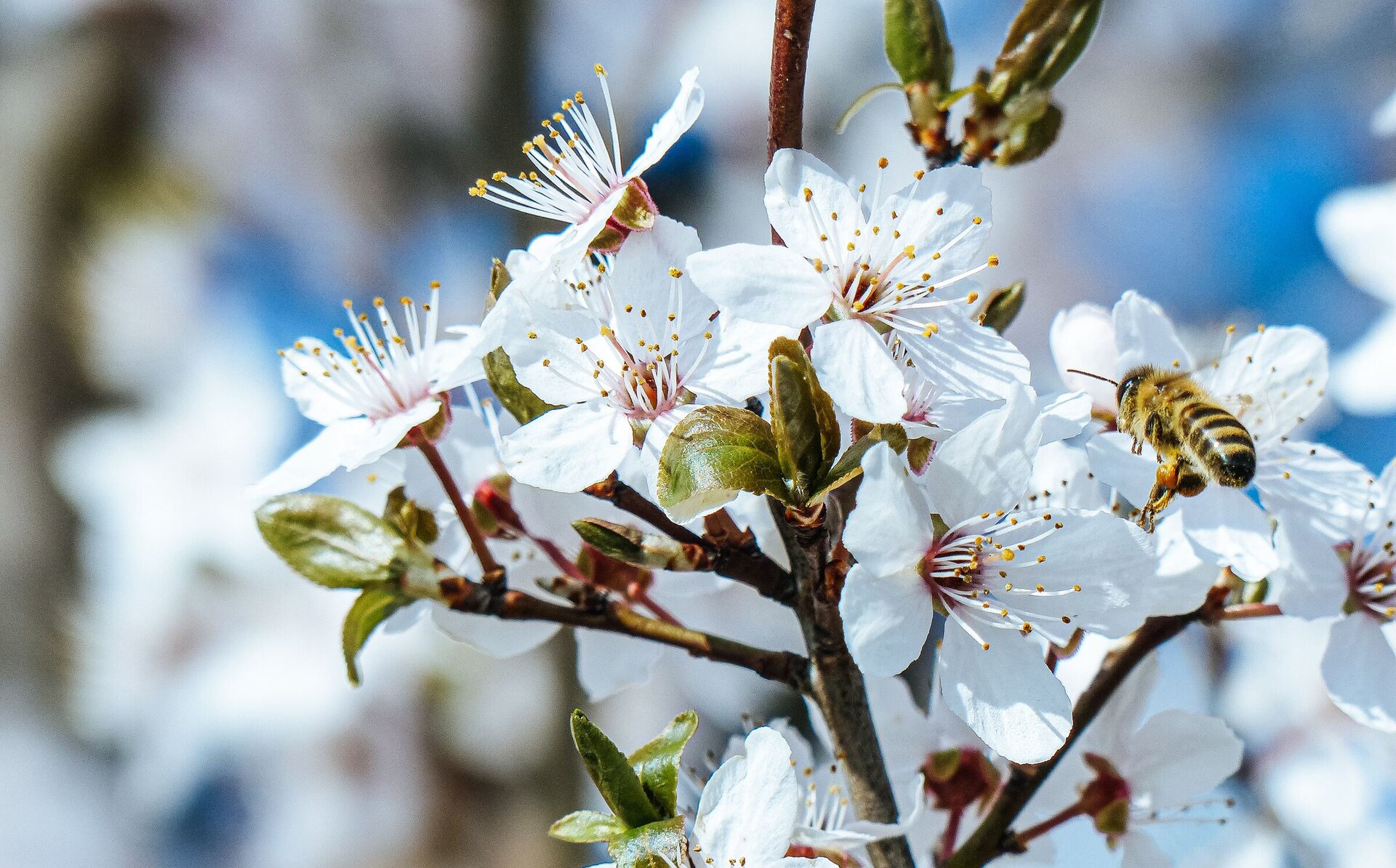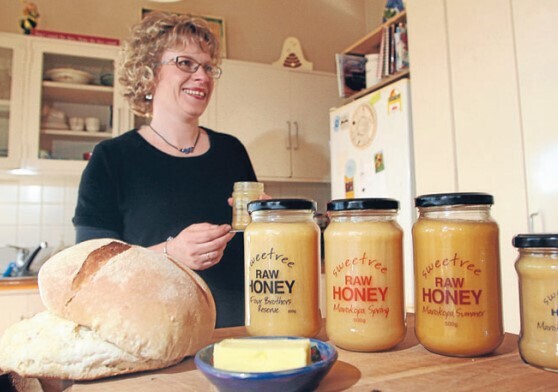Stephanie Lynch sits at her dining-room table with a lineup of honey jars and tasting spoons, and flavours that send her visitors to honey heaven. We try the lighter, creamy Four Brothers Reserve label with a slightly caramel flavour, the sweet Horsham Downs Country with big floral notes, then Marokopa Spring which is notable for its intense peppery finish. We talk as we taste, discussing the local flora and terroir in the way one might do at a wine tasting, teasing out the distinctive regional characteristics. But this is golden Sweetree cream honey not wine, and when Stephanie spreads a lavish layer on brown bread for a photograph she says: ‘‘I just have to eat this.’’ We nod – we can see the attraction.
Stephanie’s interest in honey began when she married Martin Lynch, who’d long been a hobbyist beekeeper. His father kept bees on the family property at Ohinewai and Martin’s been around hives for years. When he and Stephanie bought land at Horsham Downs on the outskirts of Hamilton about nine years ago they set up a few hives. Now the hobby has grown into a boutique business with 100 Sweetree brand hives at three Waikato locations.
And they’re producing three to four tonnes a year, selling at a number of weekend markets. Martin and Stephanie are both aged 41, they have sons Daniel, 8, and Matthew, 6, and they have day-jobs: Martin is an electrical engineer with his own energy management consulting business, and Stephanie works part-time for a software development company. In their ‘‘spare’’ time, they’ve become serious purveyors of honey.
And Sweetree’s point of difference is that their products truly reflect the rural area where the hives have been placed. It is unblended ‘‘location specific’’ honey, not based on a single flower source as many honeys are Says Martin: ‘‘We wanted to show the flavours of the Waikato rather than say: this is the manuka flower.’’ The Marokopa Spring honey, for example, is from remote coastal hill[1]country with extensive native bush.
In the first season the hives were placed on Anna and Peter Scott’s Marokopa farm the heketara trees were flowering and the bees clearly made good use of this, producing a distinctive toffee-tasting honey. The following season the heketara didn’t flower and trees such as rewa[1]rewa and kamahi helped deliver the goods, along with hill-country pasture flowers like clover, buttercup and thistle.
The Marokopa farm was the first location Martin and Stephanie chose outside their own property. Martin says they could see the area’s unique flavours coming through, and this gave them the impetus to keep each batch faithful to its site rather than to blend them. ‘‘Our customers at farmers’ markets really like it,’’ Martin says.
Originally published in Waikato Times Weekend, The Dominion & Christchurch Press - Oct 2011







